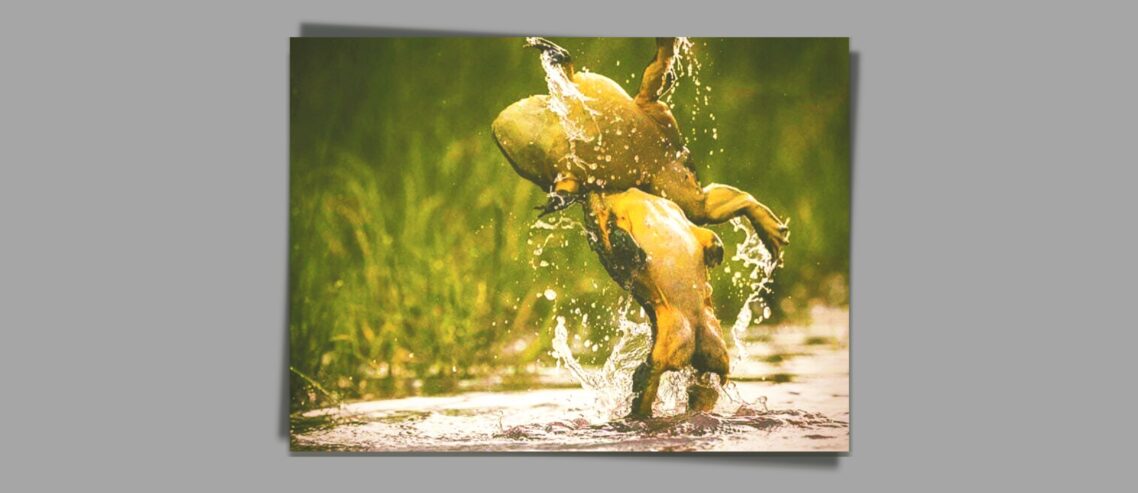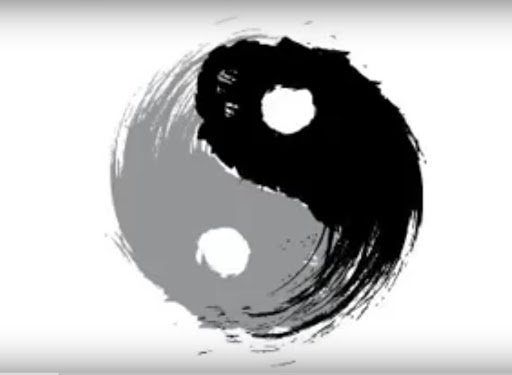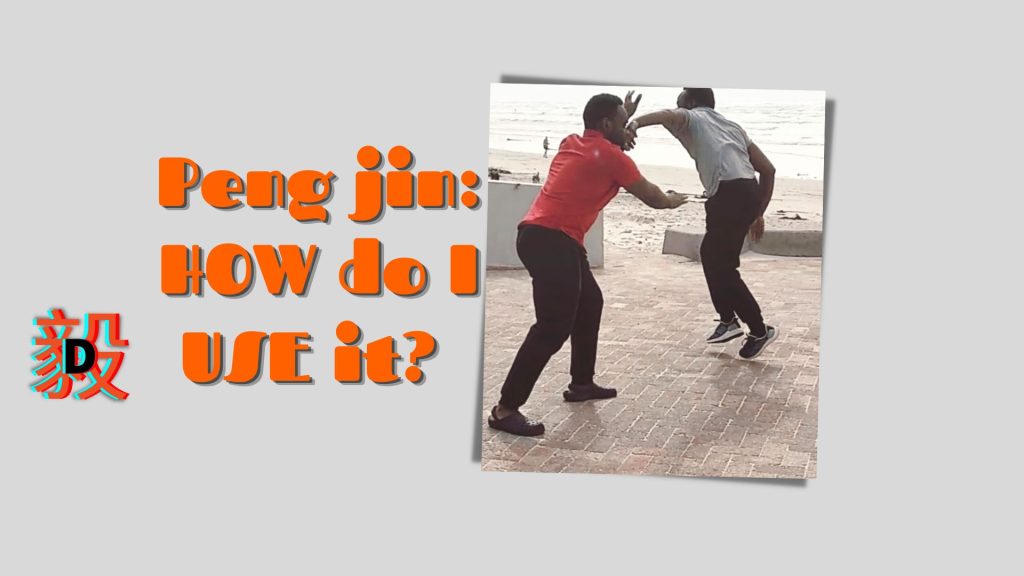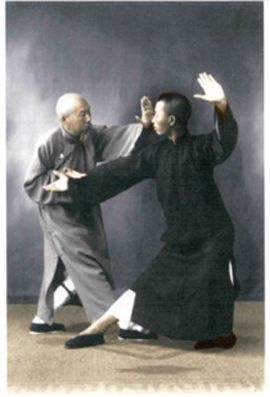“Secrets of Taiji Quan”: What is Peng 掤?
What is Peng 掤?
With my little understanding and current self-discovery through Taiji Quan training this is what I would say about 掤 peng.
Peng 掤 is a quality that physically manifests when one lets go of all the tension inside their body using their intent or mind. Allowing the fascia, tendons, and ligaments to be able to expand and contract without too much force or extremes. It is a structure that becomes more efficient and effective as one does not resist gravity, and this is what happens when you let go of tension. We are usually unbeknownst to us, holding on to tension.
“The lone wolf does not seek refuge, he is a refuge. He does not seek out the community. He is a community. Now melancholy might settle, and weakness may creep in….”–Harmonious Fist
So effective training of our peng structure does not depend nor is it developed with weight training for example. And that is why they always say “relax” in Taiji Quan. The peng structure is flexible but is not floppy, nor is it stiff. So, the metaphor of water is used, how water takes different shapes etc. This refers to the flexible quality of peng 掤. Nonetheless, while your physical body will not be like water, all liquid, your movement will be fluid.
Also associated with Peng 掤, is a structural roundedness, that occurs with the letting go of tension. For example, in the classics when they speak of “raising the back and sinking the chest”. The back will have a rounded structure, also the knees and elbows are bent.
This Peng 掤 structure enables the coiling in and out of the body, the spiralling motion. One does not need to forcefully show the spirals. When you “sink” let go of tension in the upper body, allowing it to sink and disperse into the ground, there is a downward spiralling motion. And then there is simultaneously and upward reactionary force that rises from the ground and goes up. This supports your structure and is different from your muscles or skeleton structure actively resisting gravity. Both motions spiral down and up through the fascia. And this gives birth to Peng 掤. And in Taiji Quan, the key to practising is developing this structure and maintaining it. It needs to be constant and manifest throughout the whole body.
HAVE YOUR READ THIS BOOK?👇
Peng掤 is what enables a Taiji Quan practitioner to neutralise an opponent’s incoming force and redirect it. The expansive attribute is the reactionary force from the ground, which can uproot an opponent who does not have the Peng 掤 structure or if their peng 掤 structure is weaker or lost.
From the Peng 掤 structure arises peng jin, lu Jin, Ji jin, an jin, cai (ts’ai) jin, lieh jin, zhou jin and kao jin. Nonetheless, with my current understanding, if you have a strong peng 掤 structure everything else falls in place.
On a health aspect, this allows one to destress by not holding on tension and leads to many health benefits. One still must eat bitter, meaning they will struggle to develop this skill. So usually when one does the drills to develop this structure like Zhan Zhuang or leg exercises, they may develop a discomfort that arises from the vasodilation-the widening of blood vessels. This is due to tight fascia. This is normal like any workout.
Peng 掤 allows adheres so it can yield. Yields so it can adhere. Peng 掤 is Taiji.
And the ultimate secret is using intent or the mind in “sinking” or letting go of tension. The mind, therefore, is the cause, like Taiji, it is the force that divides Wuji into yin and yang and the force that brings the two together. So, in this perspective as well, the mind, is the mental force or taiji that causes the peng 掤 structure.
Usually, Taiji Quan’s martial effectiveness is proven by the myriad of self-defence application possible. But this does not do service to any combat system. It has the positive of catching attention and is good marketing. Nevertheless, every technique is based on constant principles, which the techniques are generated from. In this case peng 掤 is the ultimate principle from which as different application will arise.
Join the SECRET forum, and discuss martial arts







Comments
Leave a Comment